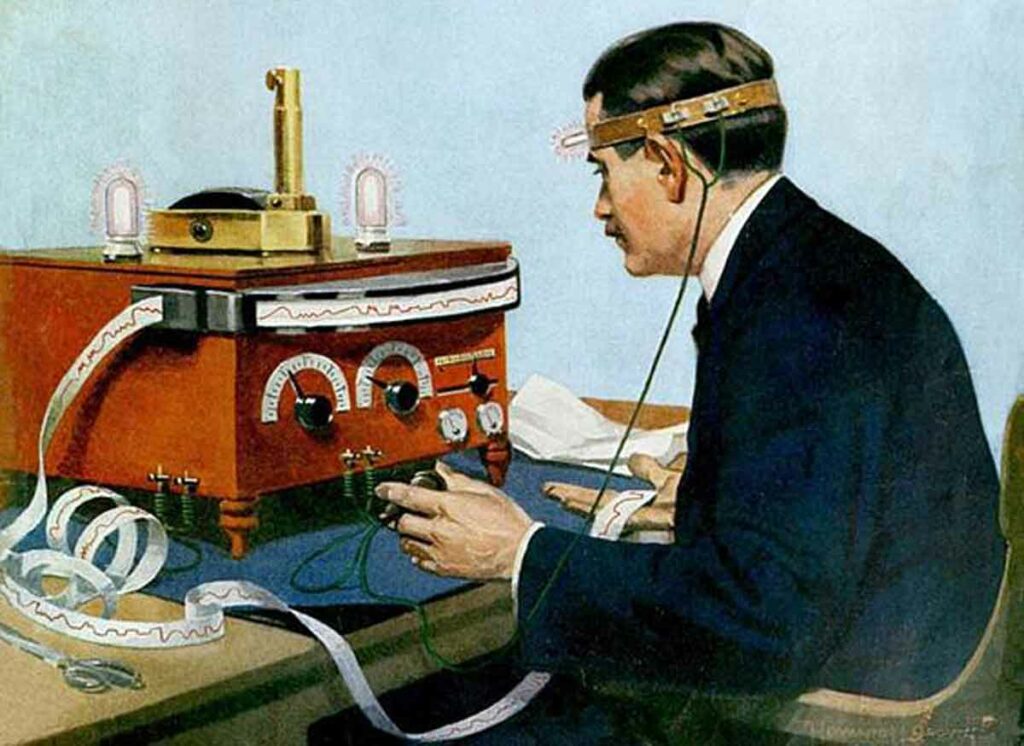
This cranial nerve serves both hearing and equilibrium. Hearing is tested with normal and whispered voice or with a ticking watch held close to one ear while the other is blocked. Further testing can be made with a special device (audiometer). Neural disorder is in- dicated if the person has trouble hearing even when such structures as the eardrum are bypassed (e.g., by placing the stem of a vibrating tuning fork on the mastoid bone behind the ear).
Unilateral (one-sided) disturbance of the vestibular branch of the nerve is manifested by such signs as dizziness, falling to one side, or even complete inability to walk. Less severe vestibular disturbances are indicated by such behaviour as difficulty in attempting to raise one arm overhead and accurately return it to the same spot on a horizontal rod. Oscillatory eye movements (nystagmus) are observed in vestibular disturbances because of an intimate connection with parts of the brainstem concerned with eye movements. The vestibular nerve can be further tested by syringing the ears with hot and cold water or air (caloric test) or by spinning the person in a rotating chair with his head held in various positions to selectively stimulate different semicircular canals in the inner ear (Bárány test).
Bárány served as adjunct medical officer on the voyage, and distinguished himself by his Cap de Merde off the Grand Banks.